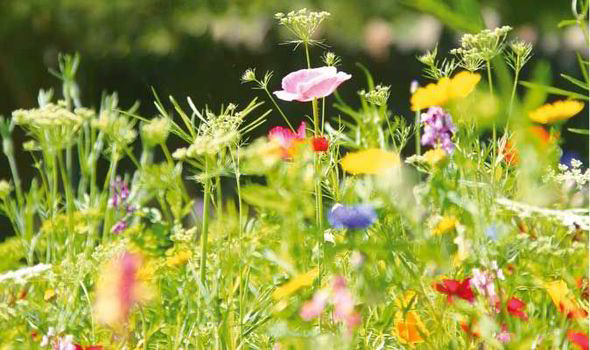Perennials Make The Best Garden Choices For Vibrant Flower Colors
Jan 11, 2019
A perennial plant, or just simply known as a perennial, is a plant which has a lifespan longer than two years. The term is most often used when it's needed to differentiate between plants that have shorter life spans which are called annuals and biennials. Perennial is also used to describe plants that have little or no woody growth from shrubs or trees. Typically, those perennials for sale, especially the ones that are small and flowering, bloom during the spring and summer and then die every autumn and winter; In which case, they return the following spring and summer and are known as herbaceous perennials for sale. Perennial plants have the same symbol as the astronomical sign for Jupiter.
There are perennial plants that are classified as evergreen and considered to be non-herbaceous such as; Bergenia, subshrubs, penstemon, and fuchsia. Bergenias retain their leaves throughout the year. Subshrubs maintain their wooden structure during the winter. And Fuchsia are most often cut down to the ground in the winter to protect them from frosts. Evergreen types of perennial include banana and Begonia while deciduous perennial include mint and goldenrod as monocarpic perennial include several species of streptocarpus and agave. Pine, apple, and maple are woody types of perennial. Alfalfa is a herbaceous perennial as is red clover and thiopyran intermedium. These types of plants can be annual or perennial depending on what kind of climate and geographic growing conditions that they're placed. For example, an annual/perennial such as a Black-Eyed Susan would be a yearly plant is situated in Louisiana, while setting the flower in Ohio would cause the Black-Eyed Susan to act as a perennial plant.
Pure perennial kind of plants bloom year after year with the top portion of the plant generally dying every winter and then regrows the following season from the same root; However, many perennial flowers will keep their leaves all year long which makes for excellent ground cover and attractive borders.
The most common kind of perennial for sale, which seem to be a favorite among the public include; the alstroemeria (known as the Peruvian lily), the aster x frikartii, the nepeta x faassenii (known as the catmint), the echinacea (known as the cornflower), the coreopsis (often referred to as 'Mango Punch'), the euphorbia characias wulfenii, Myosotis sylvatica (known as the forget-me-not), the gaillardia x Grandiflora, the G. lindheimeri (known as the Gaura), the geum chiloense, the Rudbeckia hirta (known as the gloriosa daisy), the heuchera, the phlomis fruticosa (known as the Jerusalem sage), lavender, the achillea (known as the 'moonshine' yarrow), the P. gloxinioides (known as the Penstemon),the Wonder of Staffa, the salvia elegans (known as the Pineapple sage), the salvia leucantha, the eryngium amethystinum (known as the sea holly), and the sedum telephium. These are all unfussy perennial kinds of plants that have a long lifespan while showcasing beautiful foliage and stunning flowers year after year; Planting in spring or fall in cooler weather helps this perennial kind of plants get off to a healthy start.
Virginia bluebell is a common name for the flower known as the Mertensia Virginica, which is a flowering plant that comes from the Boraginaceae family. This species of flower is native to the moist woodland in the eastern area of North America, commonly found in precious woods and river floodplains. The Mertensia Virginica is a spring ephemeral plant which has bell-shaped flowers that are sky blue that open from pink buds; The flower's leaves are a grayish green an are rounded on stems that are approximately 24in (60 cm) tall at full growth. The bottom of the flower's stem is petiolate while the top is sessile. In early summer (From about March to April), each of the fertilized flowers produce four seeds within its wrinkled nuts, and then the plant will go dormant, and the foliage dies until next spring.

Butterflies most frequently pollinate the Mertensia Virginica because of the ability to easily perch themselves upon the edges of the flower while still being able to enjoy the plant's nectar. Bumblebees also occasionally pollinate the flower; however, it's rare due to the flower's funnel shape in which the bumblebee must hover. The Virginia bluebells are easily grown in well-drained soil given either part shade to full shade to sun exposure and experience no dangerous rated insect or disease problems. For use in the garden, this flower is best used in clumps around borders and rock gardens; However, since they do go dormant at the beginning of the summer, they will need to be overplanted with either annual or used in conjunction with flowers known as perennials for sale in the form of either ferns or hostas.
The lobelia cardinalis is a species of the lobelia that's native to the Americas in southeastern parts of Canada and the southwestern and eastern parts of the United States, Central America, Mexico, and the northern part of Colombia. Due to their red coloring, the name alludes from the robes that are worn by Roman Catholic cardinals which are bright red. The corolla lobelia is either all yellow or red with yellow lobes. This lobelia is a perennial herbaceous plant that can be grown up to 4 ft tall and is typically located in wet areas such as swamps and stream banks. Their leaves are up to 8 inches in length and 2 inches wide and have a toothed margin with terminal spikes.
The lower portion of the stems showcases lance-shaped leaves. Usually, the flowers are a vibrant shade of red and five-lobed. The red lobelia is from the bellflower family. Although the red lobelia is relatively common to be found, they have become sparse in some locations due to overpacking. Most insects find that the long tubular flowers are a bit difficult to navigate and so the cardinal flower depends on being pollinated by hummingbirds who feed on the nectar.
The great blue lobelia produces a gorgeous and intense shade of blue that only a few blues can match. They bloom in the spring, summer, and fall. These edging lobelias are the mounding type and are recommended for planting in rows along beds or borders. There are cascading types of blue lobelia which are stunning almost like a sapphire waterfall as their foliage spills from their box or pot. This lobelia is at its highest glory in cold weather during the spring and fall. However, they tend not to do as well in such areas in the Pacific Northwest or higher altitudes even though they produce cool weather in the summer. In the summer, the lobelia will stop flowering and will need to be sheared once that happens, so they rebloom in the coming fall. They can thrive in full sex exposure, partial sun exposure, and in the shade and require low maintenance. In addition to the tone of blue, the lobelias are also pink and white.
Wildflowers grow in the wild and may or may not have been intentionally planted or seeded to produce there. Examples of wildflowers include, but not limited to; Silene latifolia, Adonis aestivalis, Centaurea cyanus, Viola tricolor, Dianthis barbatus, Anagallis, Digitalis purpurea, Agrostemma githago, Anthemis arvensis, Adonis aestivalis (known as the Summer Pheasant's Eye), Papaver rhoeas, Gypsophila elegans, Eschscholzia californica (known as the California Poppy), and the Coreopsis tinctoria. In 2002, the wildflower became the official emblem for the United Kingdom after members of the public nominated of voted. Plantlife International did this to spread awareness of the native species and their need for conservation as some species of the Wildflower has become endangered; Such as the Dianthus gratianopolitanus (known as the Cheddar Pink), the chamerion angustifolium (known as the Rosebay Willowherb), and the Stachys Alpina (known as the Limestone Woundwort).
Despite being called "Wildflower," that isn't the exact term. Other terms such as introduced species, native species (which means that they're native to the area and naturally occur there), or exotic are more fitting for the flower. Sometimes they are even referred to as being an invasive species because of how they out-compete both native and non-native flowers. Some species of wildflower are also labeled as imported, meaning that they've either been deliberately or accidentally introduced to an area. Naturalized wildflowers are those that were added to a specific area but are now known as being native to the public. All these terms are more accurate than merely calling them a wildflower.
Twelve types of wildflowers that appear annually are; The Agrostemma githago (known as the Corn Cockle), the anthemis arvensis (known as the Corn Chamomile), the Atriplex hortensis (known as the Purple Orache), the Centaurea cysnus (known as the Cornflower), the coreopsis tinctoria (known as the Golden Tickseed), the California Poppy, the gabions segetum (known as the Corn Marigold), the Helianthus annuus (known as the Sunflower), the Papaver rhoeas (known as Red Poppies), the papaver somniferum (known as the Opium Poppy), the rhinanthus minor (known as the Yellow Rattle), and the verbena bonariensis which is known as the Verbena.
In some areas, the Verbena is a short-lived perennial; however those that are located in places in which have cold winters are considered to be annuals. Verbenas are tall and slender plants which produce purple shaded flowers that are held high on multiple stems. Verbenas attract butterflies and bees for pollination while preferring the full exposure of the sun and being planted in well-drained soil. The Yellow Rattle is a commonly used plant which is used to reduce the hold of coarse grasses so that other plants may grow in meadows. Their name comes from how their papery seedheads rattle in the wind. They too, like the Verbena, like the full exposure of the sun and to be kept in well-drained soil. The Opium Poppy showcases large flowerheads with bluish green leaves that give birth to either single or double flowers that range in various shades which include red, white, and purple. Red Poppies are scarlet red with jet black centers with serrated and lobed leaves. Their seeds are quite often used in baking. Red Poppies prefer disturbed soil, while Red Poppy seeds can lay dormant for years before growing.
The Sunflower showcases large bright yellow flowers, with some growing over 6 feet tall, but they're also a variety of smaller types which are perfect in meadows. Sunflowers are easy to germinate and make an instant impact. Like most of the perennial species of flowers in this type, Sunflowers prefer the full exposure of the sun and prefer to be placed within the soil that's well-drained. Corn Marigolds showcase daisy-shaped flowers that are a shade of golden yellow. Marigolds make an instant impact with their grayish-green foliage and their bright colors. These flowers prefer to be placed in either well-drained or moist soil while enjoying the full exposure of the sun. California Poppies are a fast-growing single flowerhead that comes in a range of colors including red, orange, and yellow and showcase curved seed pods in addition to feathery leaves; While having the ability to self-seed year after year. Golden Tickseeds is a stunning flower which features daisy-shaped flowers in an intense shade of yellow with either mahogany or bronze centers. Tickseeds bloom between mid to late summer.
Cornflowers have blue outer petals with purple inner florets which appear reddish. Although this type of wildflower was most commonly found on farmlands, their numbers have declined significantly. Purple Oraches are an edible kind of perennial. Oraches showcase reddish and purple foliage with the same shade flower spikes that make a beautiful contrast when clumped in neighboring flowers. Corn Chamomiles are white daisy-like flowers with disc florets in yellow shades. Chamomiles are commonly naturalized in wildflower meadows and often mixed with other wildflowers such as corn marigolds, corn cockle, and cornflowers. Corn Cockles are large, flowery, five-petaled flowers that are typically magenta colored and most often found in a farming field. Although corn cockles were once a common wildflower, intensive agriculture has caused them to become scarce. Cornflowers, Purple Oraches, Corn Chamomiles, and Corn Cockles prefer partial to full sun exposure while preferring to be placed within moist to well-drained soil.
Hosta Plants
There are approximately between 23 to 45 species of plants that are considered to be Hosta plants and are often regarded as being tolerant to shade. This genus is currently apart of the Asparagaceae family and the Agavoideae subfamily which is native to the northeast area of Asia. They used to be referred to as Liliaceae. The name of the genus comes from Nicholas Thomas Host who is an Austrian botanist. Funkia, was the rejected name, however, is used as a common name for the family; and can be found in older literature which the family is referred to as Funkia. Hostas are also a kind of herbaceous perennial plant, and they grow from either stolons or rhizomes. Hostas are produced on erect scapes which are typically taller than leaf mounds.
Each flower on the hostas are pendulous and about 2 to 5 centimeters long with violet, white, and lavender tepals. The tepals are usually scentless. The only strongly scented species of the hosta is the plantaginea; The plantaginea has white flowers, and they can be up to 10 centimeters long. It's a common species in the way that the flowers open in the evening but are closed by the morning. This particular species blooms in the late summer, and it's because of this that it's often called an "August Lily." These flowers are very useful in the garden because their foliage is shade-tolerant while also providing a striking focal point. However, they draw the attention of voles, rabbits, deer, snails, and slugs, which can cause extensive damage to a garden if the proper measures aren't taken; However, there are some species of the genus that are more resistant to slugs than others.
The plantaginea originated in China but was introduced by Japan to Europe in the mid-19th century by Philipp Franz Von Siebold. Since then, newer species of the flower have been found. These flowers are quite frequently shown on display at major shows, and the Chelsea Flower Show is one example. Some examples of cultivars include, but not limited to; Wide Brim, H. venusta, sieboldiana (known as Blue Angel), fortunei (known as France), H. ventricosa, Tariana (known as Halcyon), ventricosa (known as Aureomarginata), Frances Williams, Sum and Substance, Krossa Regal, Golden Tiara, Sagae, June, and the Royal Standard.
Plants that have become diseased with poxvirus must be destroyed immediately as they can transfer the virus to other plants through contaminated sap and get them infected. The most common symptoms include; "ink bleed" marks which are dark green within the veins of yellow colored leaves, in addition to collapsing tissue on those veins. Symptoms can take years to show so any plant that may appear to be symptomless in an otherwise infected batch should be considered infected as well and properly disposed of as soon as possible.
This kind of perennial is also edible by humans. In Japanese cuisine. It's called "urui." The parts of the flower that's eaten independently on the species; For some, it is the shoots, for others it's the leaf petiole, and then for some, it's the whole leaf that's eaten. Younger plants tend to be more tender than older ones and therefore they are generally more preferred by those who use them to cook and those that consume them. Their flowers can also be eaten.
Daylilies
The Daylily, which is a cultivar flower, is the common name for the Hemerocallis genus and are exceptional in color and form when it comes to variety. Thousands of these registered cultivars are currently studied and appreciated by international and local societies that observe Hemerocallis. These flowers have been placed within the Xanthorrhoeacea family and the Hemerocallidoideae subfamily, having formerly been apart of the Liliaceae family which includes true lilies. Daylilies are a perennial plant, having gotten their name because they typically do not last for more than 24 hours. Usually, these flowers open early in the morning and then either by the following night while some species of the Daylily blooms at night. This genus is native to Eurasia, which includes Japan, China, and Korea. However it's a favorite genus all over the world because of its hardiness of many kinds, and it's showy flowers. There are currently over 60,000 cultivars that are registered.
Although the Daylily is not commonly used as a cut flower in floral arrangements, they make excellent cut flowers for other purposes since new flowers bloom on cut stems over just several days. Most species of daylily can be found as clumps, detailing their roots, crowns, leaves, and flowers. Daylilies have three sepals and three petals. Their leaves are long and lanceolate. The top is located between the roots and the leaves where the white portion is. Some daylilies have thickened roots which allows them to store water and food. Each daylily typically has six stamens which each has a two-lobed anther. After pollination, a capsule is formed on the flower which is called a pod. Daylilies are often referred to as being "the perfect perennial" because of their brilliant colors and their ability to tolerate drought while also being able to thrive in various climate zones, in addition to only requiring minimum maintenance. Daylilies that are dark in color, such as red and purple, need to be kept in the shade; While those that are lighter in color, such as those that are pink, yellow, and other pastel shades, require more sun exposure to reach their full-color potential.
Daylilies come in various shades, even more so today than back then, due to intense hybridization they can now be found in nearly every known color except for two, the classic shades of white and blue. They have a relatively short blooming period, a period which depends on the type. Some types bloom in the early spring while other species don't bloom until summer or even autumn; While most varieties bloom from between one to five weeks. However, some types are referred to as "rebloomers" which will bloom twice within one season.

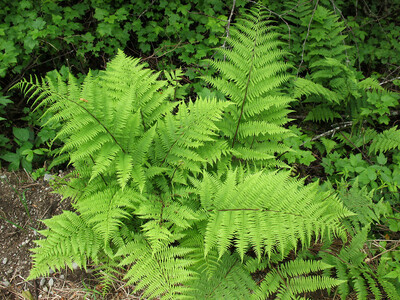 Native Ferns
Native Ferns
 Native Mosses
Native Mosses
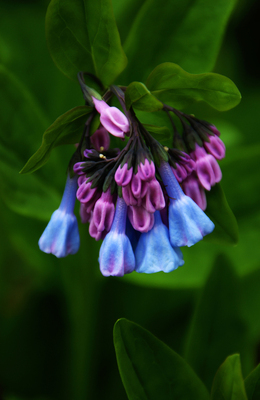 Native Perennials
Native Perennials
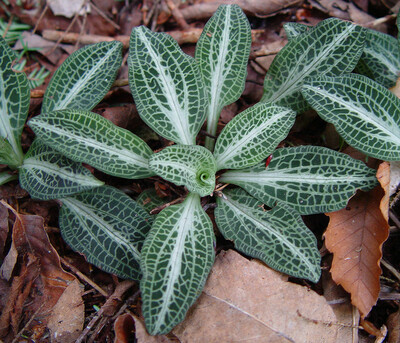 Native Ground Covers
Native Ground Covers
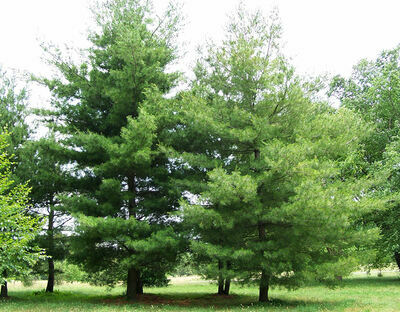 Native Trees
Native Trees
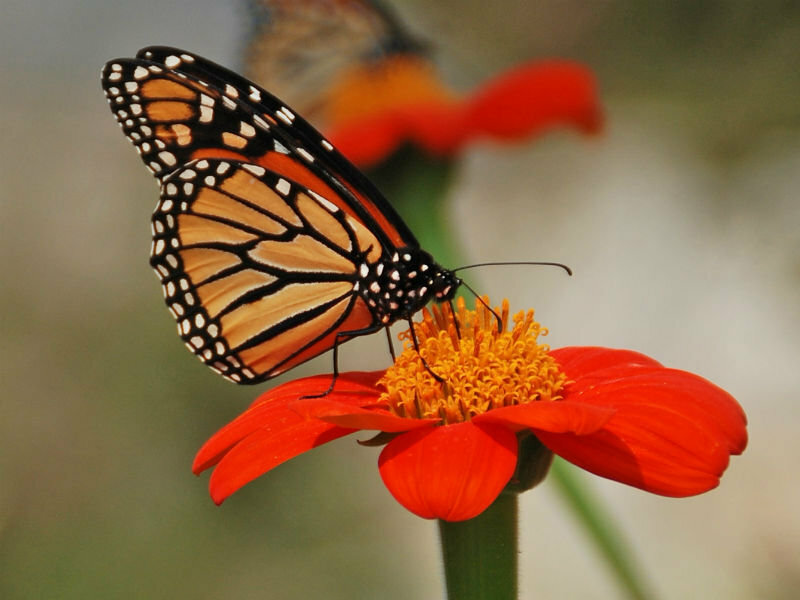 Pollinators
Pollinators
 Shop Bloom Color
Shop Bloom Color
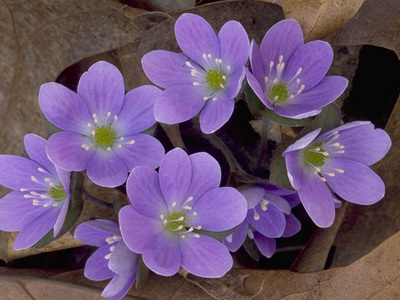 Perennials By Zone
Perennials By Zone
 Medicinal Herb Plants
Medicinal Herb Plants
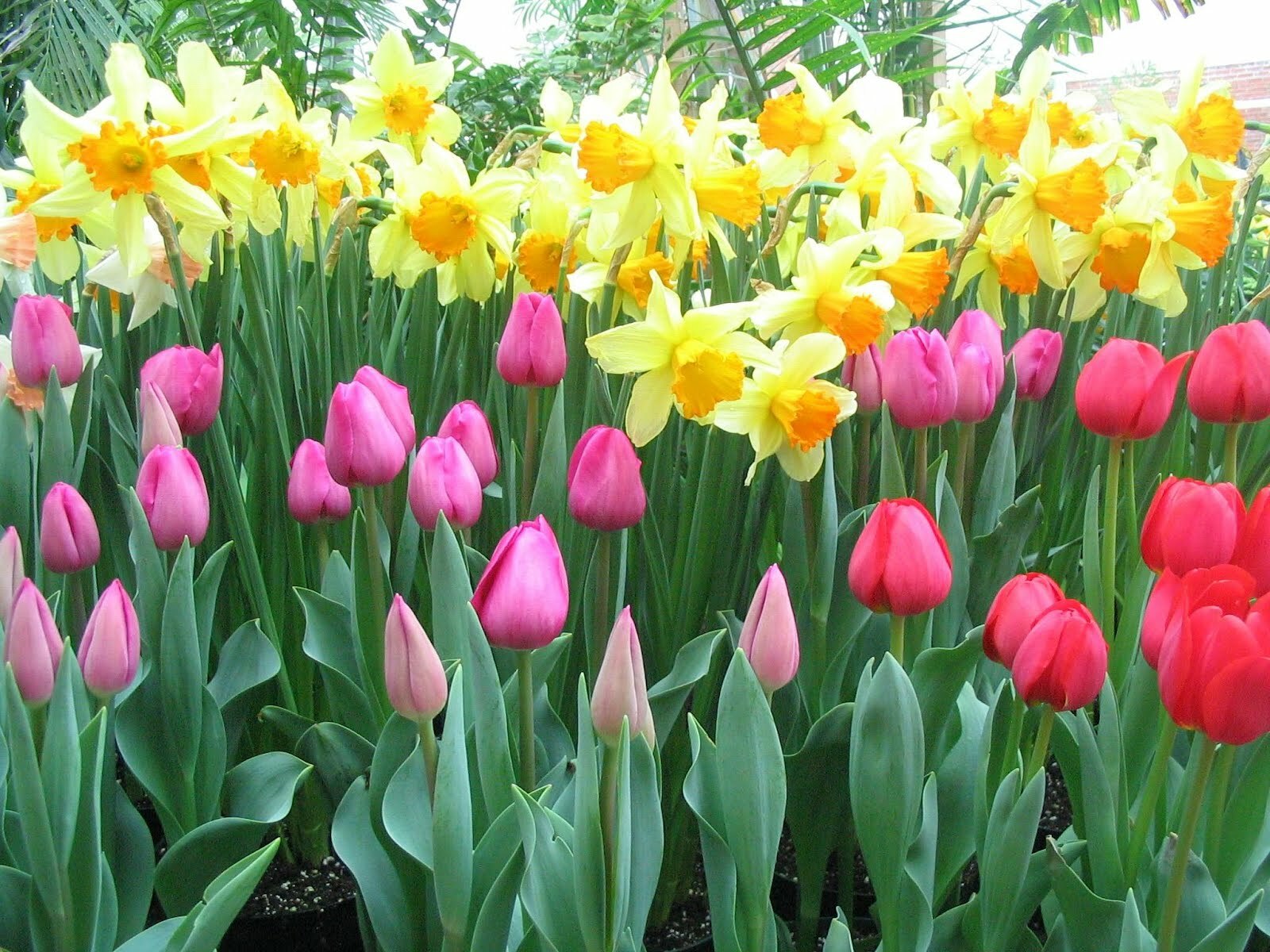 Spring Bulbs
Spring Bulbs
 Trillium
Trillium
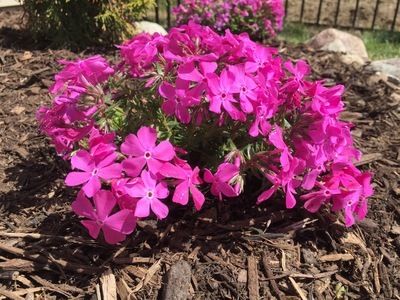 Shop By Zone
Shop By Zone
 Flowering Groundcovers
Flowering Groundcovers
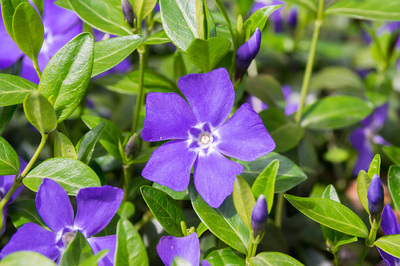 Evergreen Groundcovers
Evergreen Groundcovers
 Ferns for Zone 3
Ferns for Zone 3
 Ferns for Zone 4
Ferns for Zone 4
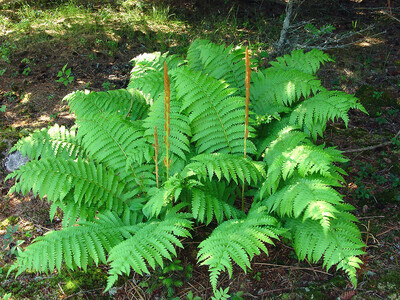 Ferns for Zone 5
Ferns for Zone 5
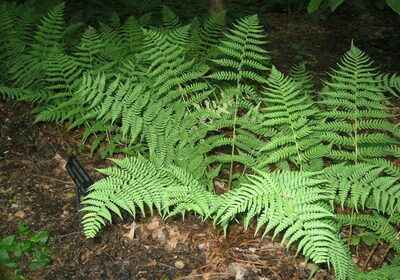 Ferns for Zone 6
Ferns for Zone 6
 Ferns for Zone 7
Ferns for Zone 7
 Ferns for Zone 8
Ferns for Zone 8
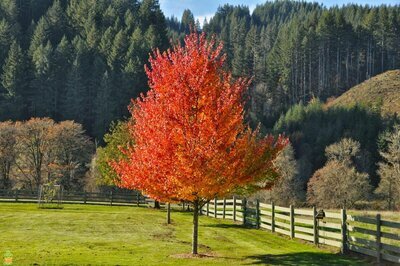 Shop Trees By Zone
Shop Trees By Zone
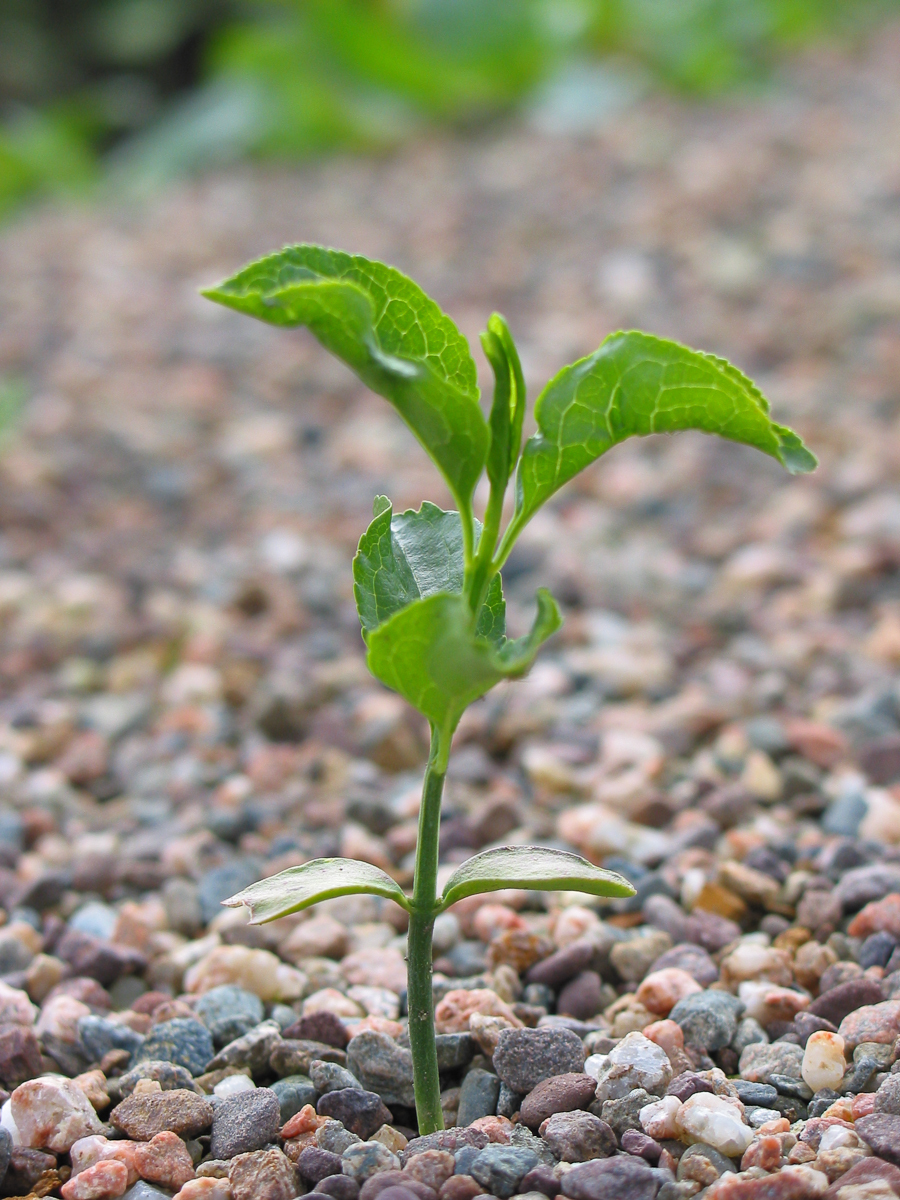 Tree Seedlings
Tree Seedlings
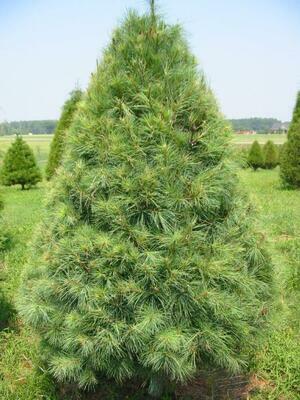 Fast Growing Trees
Fast Growing Trees
 Pine Trees
Pine Trees
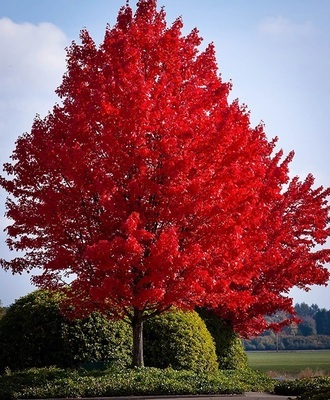 Live Stakes
Live Stakes
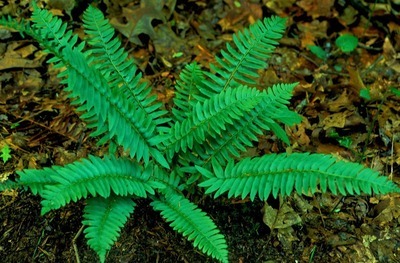 Evergreens
Evergreens

